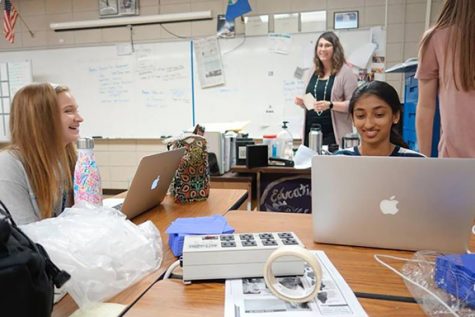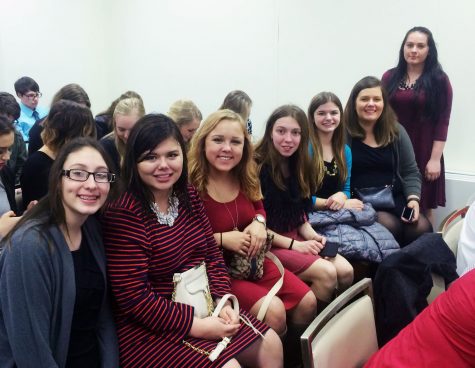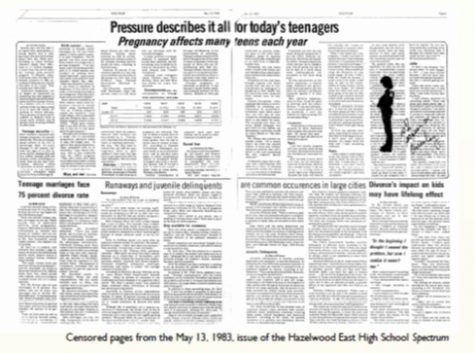Copyright Issues: No, you can’t just take pictures from Google and put them in your publications
by Bob Kay
Copyright issues tend to be an ongoing problem for many high school publications, particularly when it comes to using photographs, audio or video from other sources. Copyright attaches to someone’s work once they have created it and put it in some type of fixed format like a photo, book, audio, or video production. Basically what this means is that the person or entity that created the work owns it, and when you use their work without their permission you have infringed on their copyright or ownership. This could potentially result in having to pay money damages if you infringe on their ownership, but this more likely with highly commercial situations.
Copyright is a federal law created to protect the creations of individuals or entities so that the owners can reap the financial fruits of their labor. The U.S. government wanted to encourage people to invent and create works, and to be financially protected from others who would be basically stealing the financial profit from their works.
So what are the implications for high school publications? The practical answer is that you should try to get permissions from the owner of the copyright before you try to use their work. Of course there are exceptions to this rule. You can possibly get around the permission factor if you argue that you are using the person’s work under the “fair use” exception to the law.
Using a limited amount of a copyright protected work for news, educational or informational purposes without consent may be permissible as a “fair use.” In situations involving highly commercialized works, the courts will look at the financial impact that your use of the copyrighted material will have on the value of the original work. If people are using your version of the work as a substitute for the original work and they are not buying the original work, then you have copyright infringement issue and may have to pay damages to the owner.
The most common area where high school publications run into this problem is when they try to use photos from other photographers or pictures from movies in their publications. My advice to my editors when I was advising for our high school newspaper was to always try and get permission to use photos from the actual film production company that created the movie when writing a movie review, but it is not required. Writing a review is a clear form of “fair use” and permission to attach the photo to the story is not required. You need to make sure that you use a high resolution photo, give a photo credit to the actual film production company that created the film (e.g., Disney, Pixar), and only use photos from that film production company and not just use a photo from other websites. Using a photo that someone took of a poster of that movie, for example, would not qualify as “fair use.” Use of the photo in other formats not related to a review would be copyright infringement unless actual permission is secured.
Using the fair use exception can be a gray area at times, but if you have questions concerning a situation you have, you can check out the Student Press Law Center website (www.splc.org). They have publications and articles on their website addressing these issues and many more concerning high school and college publications.
Bob Kay is the former newspaper adviser at Grayslake Central High School in Illinois. An attorney, he is now a member of the KEMPA board. His blog focuses on First Amendment issues for scholastic publications.









